Ellen Backus | University of Vienna | Vienna, Austria
“Orientation independent vibrational dynamics of lipid-bound interfacial water”
Scientific Talks, Session I | Monday, September 12 | 9:50 – 10:20

Biological membranes are largely composed of zwitterionic lipids. As such, the structure and dynamics of water molecules in contact with this class of lipid molecules is of great biological relevance. The interaction of the interfacial water molecules with the amphiphilic lipid molecules drives the formation of membranes and greatly influences various processes at the membrane surface, as the field that arises from the aligned interfacial water molecules masks the charges of the lipid headgroups from the approaching metabolites. To increase our understanding of the influence of water molecules on biological processes we study their structure at the interface using sum frequency generation spectroscopy. In this method an infrared laser pulse in resonant with a molecular vibration and a visible laser pulse are overlapped in space and time at the interface of interest. The reflecting sum frequency light is detected. As this process is forbidden in centrosymmetric media like bulk water, we are only probing interfacial water. Thus, by using an infrared pulse in resonant with the O-H stretch vibration, we can selectively probe the water molecules in contact with the zwitterionic lipid forming a monolayer on water. We compare the water structure and dynamics of oppositely oriented water associated with, respectively, a phosphocholine (PC) headgroup and an inverse-phosphocholine with non-ethylated phosphate groups (CP). Interestingly, we find that water molecules at zwitterionic lipid molecules are mainly oriented by the field arising between the two oppositely charged molecular moieties within the lipid headgroups. Moreover, we find that the dynamics are independent of the water orientation, implying that the vibrational dynamics report on the local properties of the water molecules.